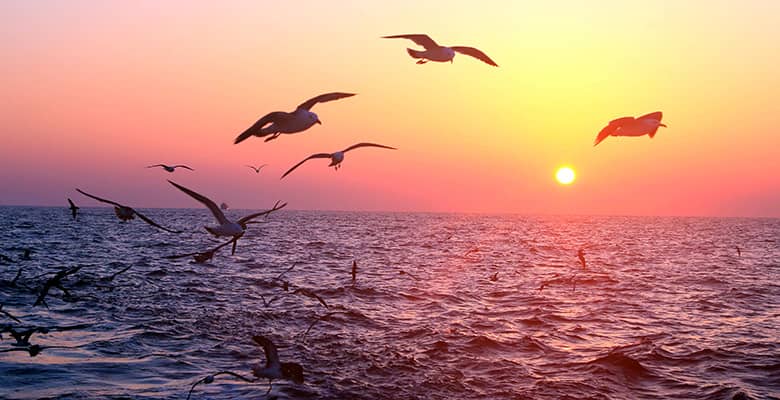Will Little
In the cold bright waters off the east coast of Canada, snow crab had for years been on the backfoot. Quotas had dropped due to low harvestable populations affected by warming waters and overfishing. Prices had rarely risen above the $4 Canadian dollars (£2.50) per pound that fishers received for their hauls.
But for the past few years these crustaceans have been making headlines. Prices have more than doubled as demand for snow crab increased dramatically when Covid restrictions opened up unexpected markets.
With strict Government-imposed quotas in place to improve the sustainability of the crab harvest, there wasn’t enough crab to meet the demand. Wharf prices (prices paid to fishers) rose to more than $7 per pound. Despite the increase in demand, quotas were not increased.
Covid changes the crab market
“Simply put, demand outpaced supply. It has really been quite unprecedented and unique. The trickier part is understanding why,” says Derek Butler, Executive Director of Association of Seafood Producers (ASP), the managing client for the MSC certified Newfoundland and Labrador Snow Crab fishery.
Before the pandemic lockdowns, snow crab was sold mostly in restaurants and hotels in Canada, Japan and the US. With the food service industry closed in 2020 and 2021, snow crab producers quickly focused on retail, offering frozen, ready-to-eat crab products that became popular for those at home wanting to try different foods or recreate the restaurant menu at home.
Butler says that retail in 2020 was the only game in town and retailers needed food, and consumers had only one place to get it.
“Retail support carried the business through the pandemic in 2020. Given that the US market has a very strong affinity for snow crab, in the pandemic, with restaurants closed, it was a popular item for people looking for that extra treat at home. Higher disposable incomes for some consumers [also] had an impact on crab sales. There was less travel, less eating out, and more money to spend on things like snow crab,” says Butler.
The secret to snow crab’s success in retail though was how easy it is to prepare. Consumers didn’t take a whole crab home: the legs and claws are processed, cooked and frozen. “For consumers who liked it, it was just a matter of buying it and thawing at home. There’s little to no cooking or preparation,” says Butler.
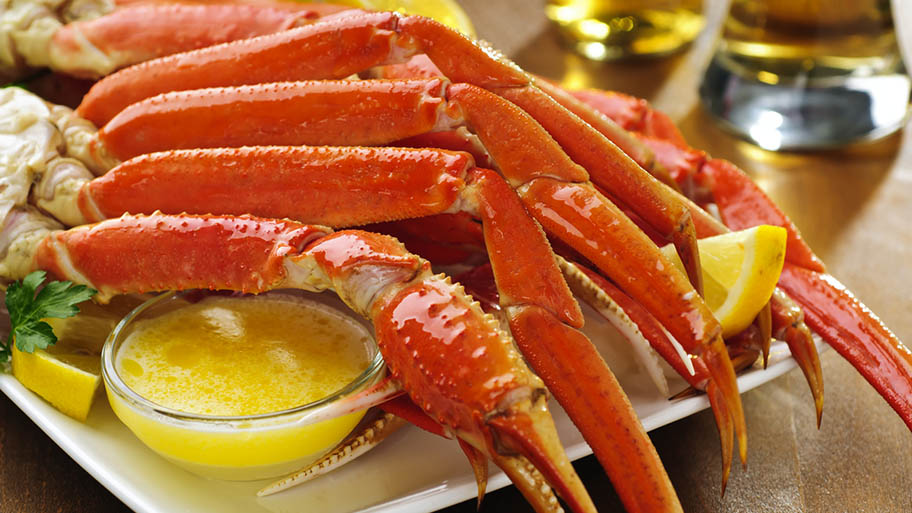
A valuable catch
Snow crab hasn’t always been so popular. Fishers in the 1960s and 1970s would have to spend hours picking the crabs out of gillnets they had set for groundfish. But that was before the collapse of the northern cod stocks, which saw fishers looking
for alternative species to harvest. Then it became a favourite in high-end restaurants and on cruise ships. In Newfoundland and Labrador it is the most valuable catch by far, representing more value than all other species combined.
Sustainability has also been at the heart of the fishery since overfishing and warming waters caused a decline in the snow crab population in the 2000s.
Snow crab populations do better when water temperatures stay at about zero. Snow crabs generally inhabit regions of very cold water (-1° to 5° C) and unlike some crustaceans, they exhibit a “terminal moult” – they cease to shed their shells when they reach maturity. This terminal moult occurs when the crabs are between 40 mm and about 75 mm shell width.
Female crabs generally do not achieve the minimum legal catch size, so the fishery’s catch is effectively male-only, leaving the females to focus on reproducing. Male snow crabs take five to ten years to grow to commercial size.
MSC certification and sustainability
A lot has changed since the 2000s. The Canadian government reduced fishing quotas to help the snow crab population recover. Achieving MSC certification has also been important in the journey to sustainability. The snow crab fishery was certified in 2013, the 200th fishery in the world to achieve certification to the MSC Standard.
“When we did the pre-assessment before the fishery went into full assessment, we made a number of improvements, such as introducing escape mechanisms in the crab pots,” Butler says.
The pots also feature twine mesh, regulated to a minimum size of five and a quarter inch (13 cm) to select male crabs greater than or equal to the minimum legal catch size or 95mm shell width. Smaller snow crabs are able to escape through the twine mesh.
“There’s tangible evidence of the MSC certification resulting in better fisheries management,’ says Butler.
He says that the MSC can help in political battles too. “When stakeholders want more resources or increase quotas, or don’t want to improve something because of cost, the Department of Fisheries and Oceans might be inclined to say ‘okay, okay, we understand, we won’t do it’. The MSC helps us to say no, you have to do it. You have to manage this fishery in the most sustainable manner possible - and we all benefit from that. It gives us a better, long-term perspective to help manage the fishery more sustainably.”
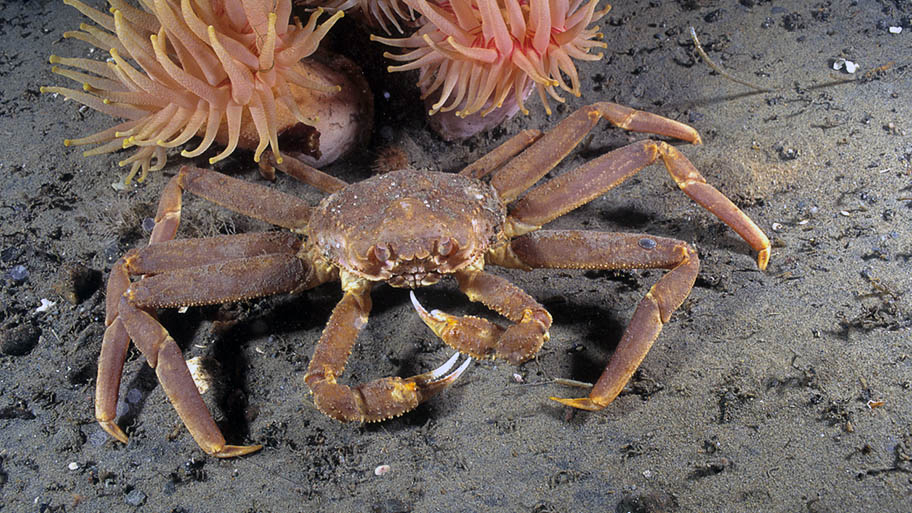
Population and quota increases
However, this year the Canadian government increased quotas by a dramatic 32%, the tonnages rising from 38,374 metric tonnes to 50,470 tonnes. The increase isn’t a direct response to higher demand, but because of sustainabilty management measures put in place over the past decade to increase the snow crab population.
For many years there were significant total allowable catch (TAC) reductions as the Department for Fisheries and Oceans (DFO) saw decreases in the stock biomass. Now the stock is doing better and environmental conditions for crab have improved in some areas, the DFO has made increases in TAC.
Various other management measures have helped with the recovery of the snow crab stock. These include an early start to the season and a limited number of fishing days, a limit to the number of traps allowed, a minimum mesh size and a minimum legal size for crab caught by harvesters.
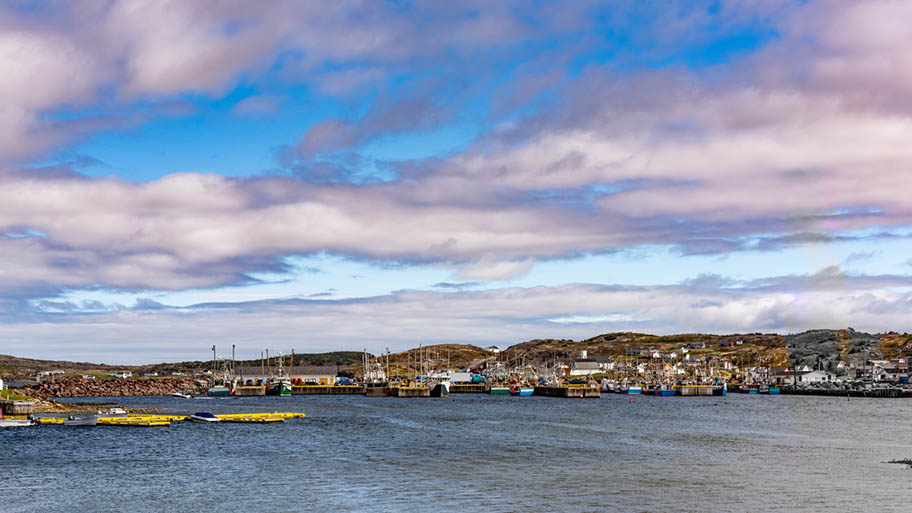
A healthier snow crab population
Julia Pantin, Aquatic Science Biologist – Shellfish, at the DFO says that not only is the biomass increasing but there are signs that reproduction is healthier than for decades. For instance, larger males have been seen, meaning the more vulnerable female crabs are likely to be better protected and survive until the next year. This in turn means there are more females to reproduce. “Large males are generally superior to smaller males with respect to breeding because they are most capable of clasping females, they carry larger sperm reserves, and they afford better protection to females during the mating process,” says Pantin.
“Males tend to guard females prior to copulation, then the females moults (so she is soft shelled) and the male continues to guard the female. A larger male would be better for this as he is guarding the female primarily from other males attempting to also mate with her. Successive mating by multiple males can become harmful for the female as it can be aggressive,” according to Pantin. “With respect to larger males carrying larger sperm reserves, this is important because smaller males may not have enough sperm for the female to fully fertilise all her eggs, which can lead to sperm limitation.”
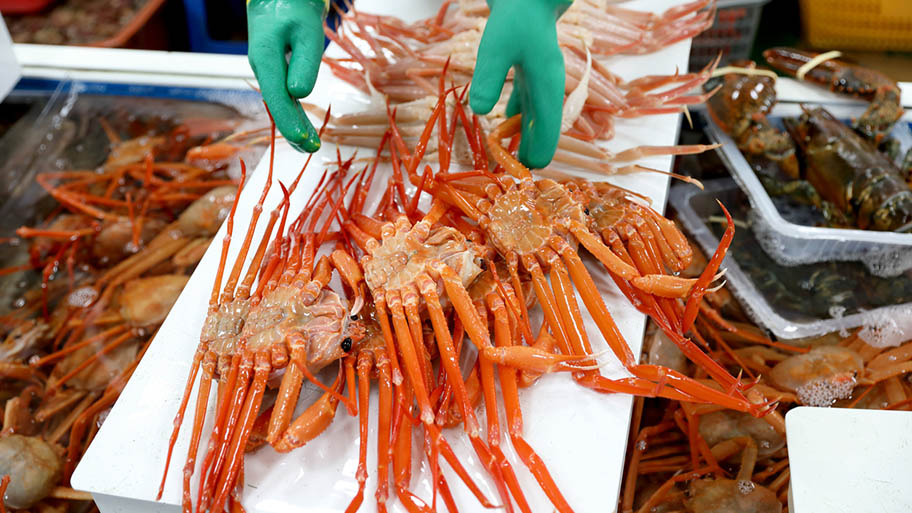
Yet the price of snow crab is as unsettled and prone to volatile movements as the rough seas of the north Atlantic, where the fishers struggle to pull in their catch.
While 2022 started off with record high prices for snow crab, a change in the market recently left fishers and processing companies looking back longingly at the prices during Covid lockdowns.
Prices began to drop after the season started in April, with Butler saying that the market “simply is not operating as usual,” and that some processors considered limiting their operations.
As of today, the quota is mostly caught, but sales have been slow. With an increase in inflation, many people tightening their belts, snow crab, a luxury food item, is dropping down the menu. Despite this, the price of snow crab is still at $6.15 per pound to fishers, who will see record earnings this year. It is a drop from the beginning of the season, but still a huge increase to the price before the pandemic of just over $4.
As a result of years of hard work, lower quotas, and better fisheries management, the improvements to sustainability of the snow crab population are now locked in. And with snow crab now sold in both shops and restaurants, thanks to Covid, the demand, barring recent rocketing inflation, should remain healthy. Fishers can look forward to a healthy supply of snow crab in future years, with continued strong and sustainable fisheries management.

